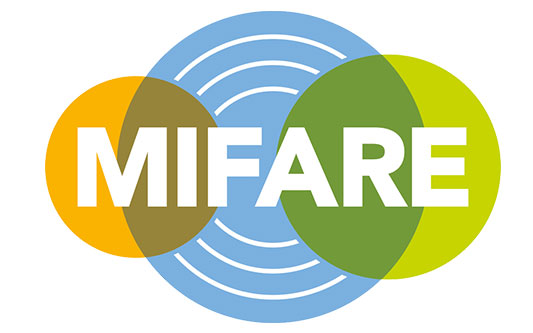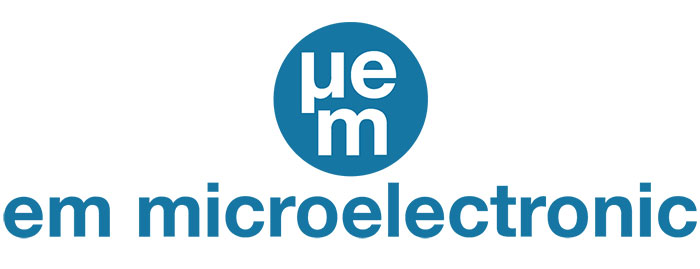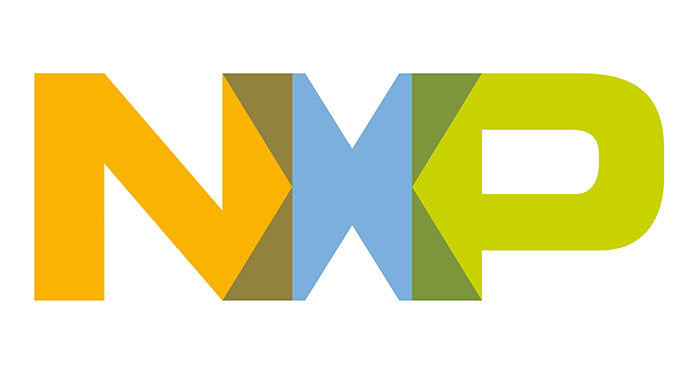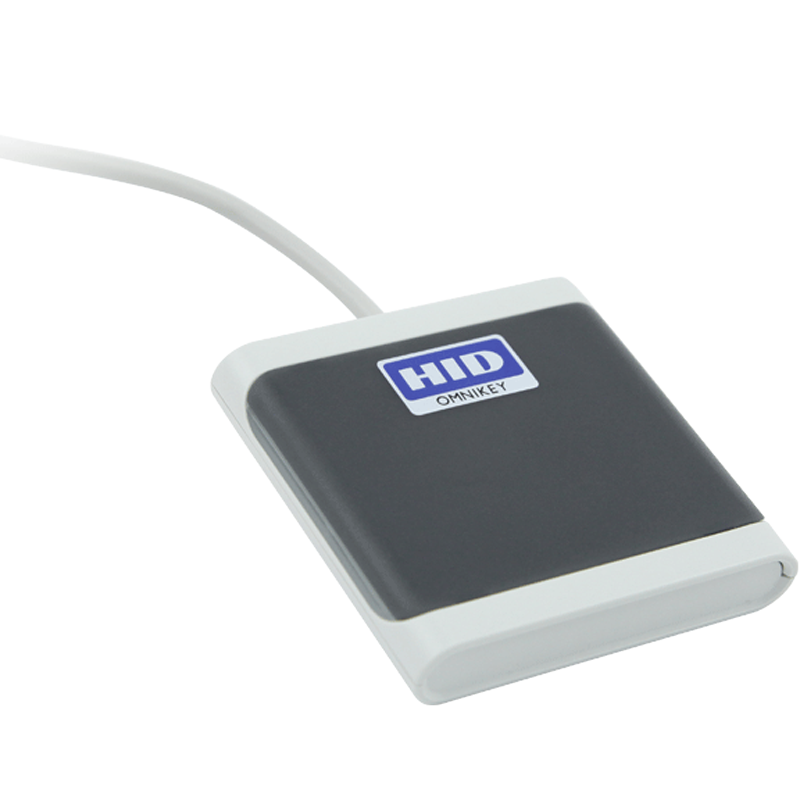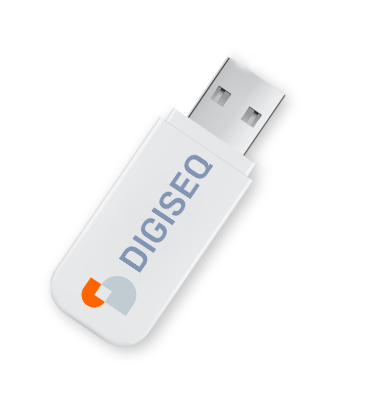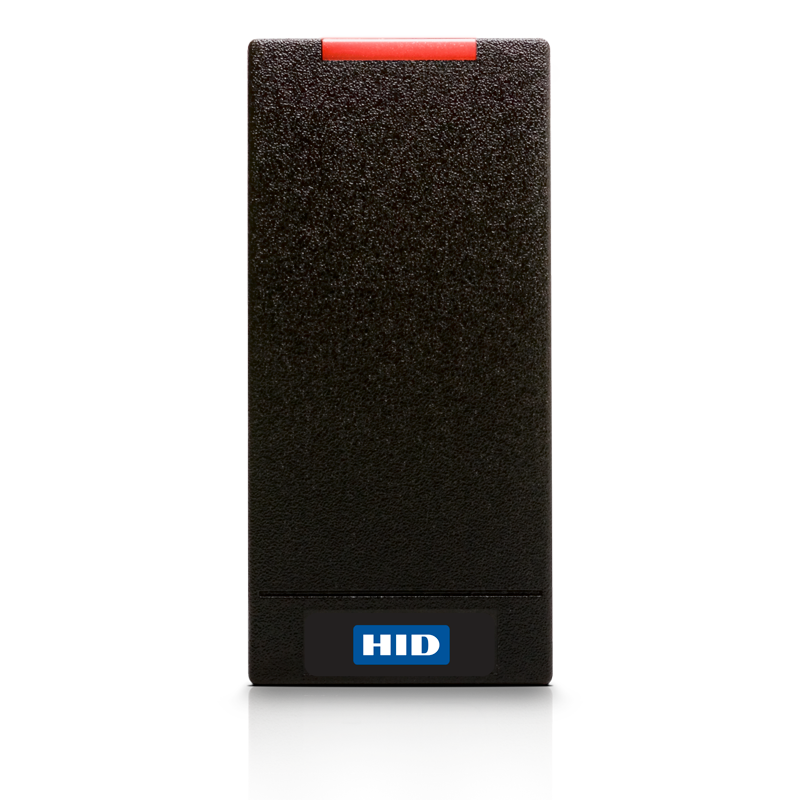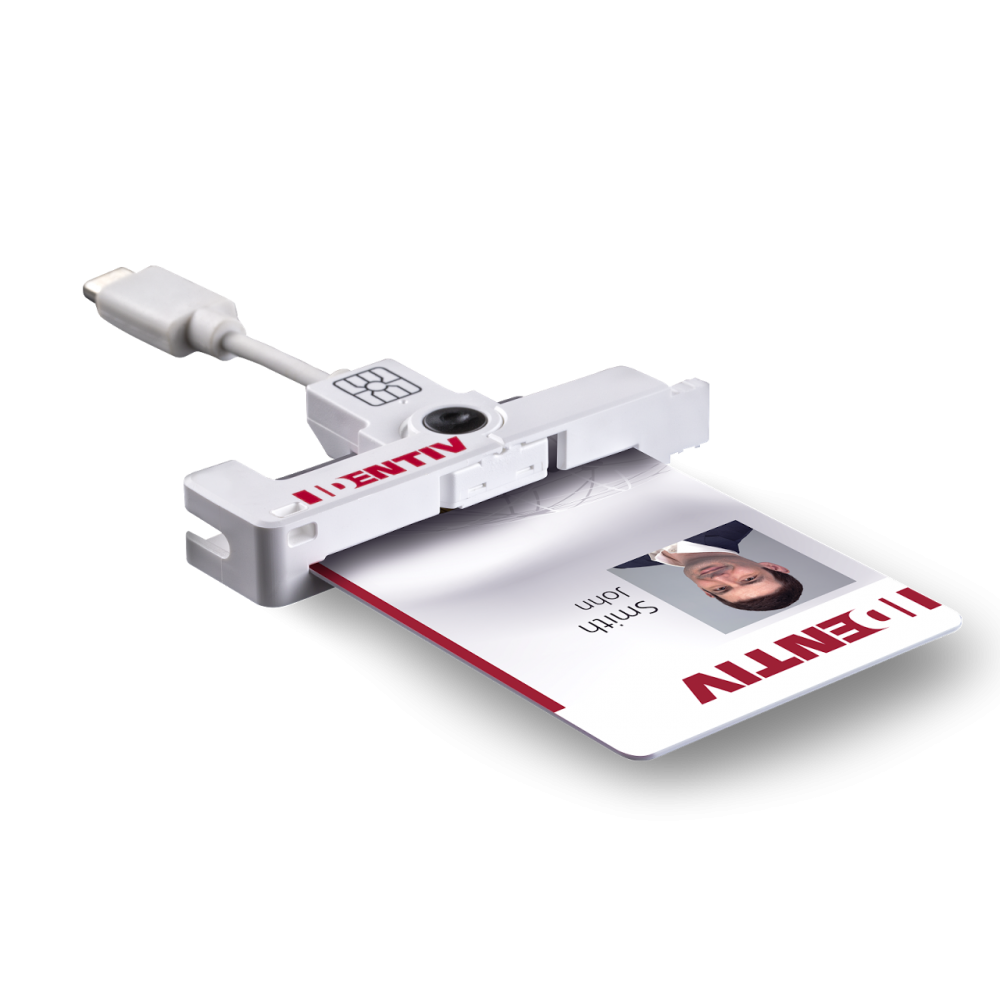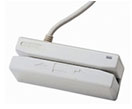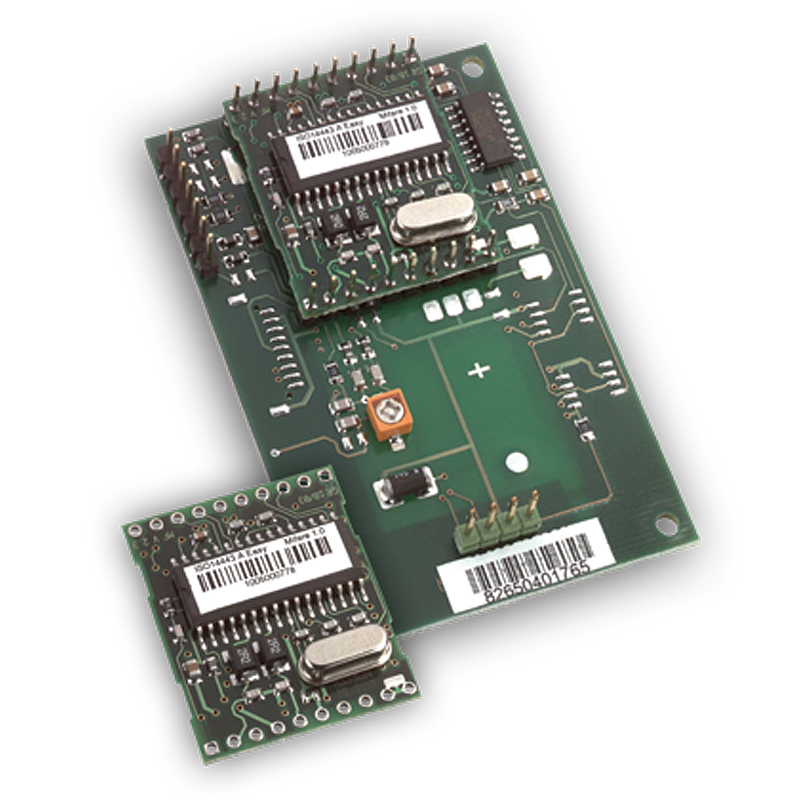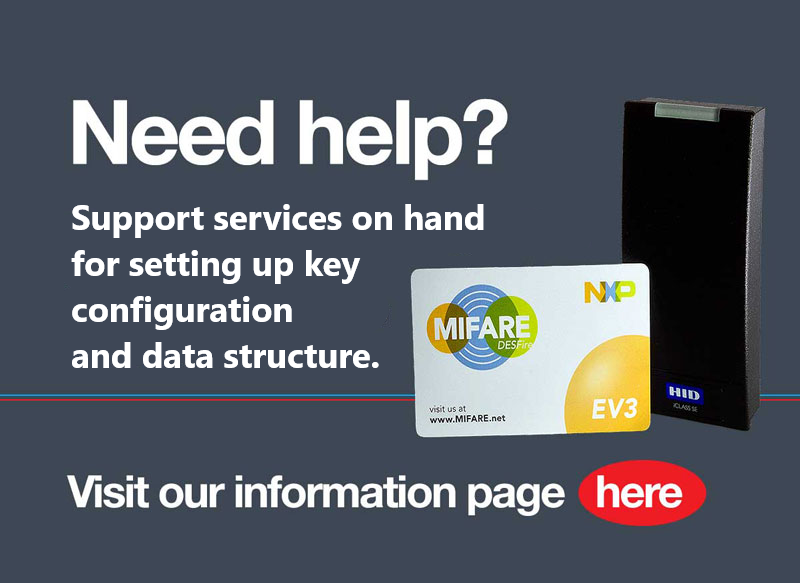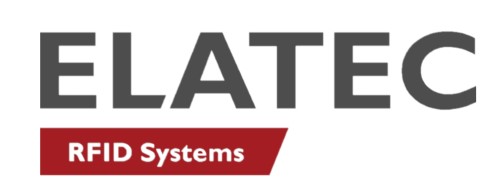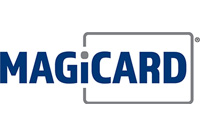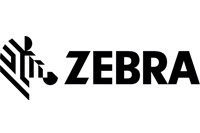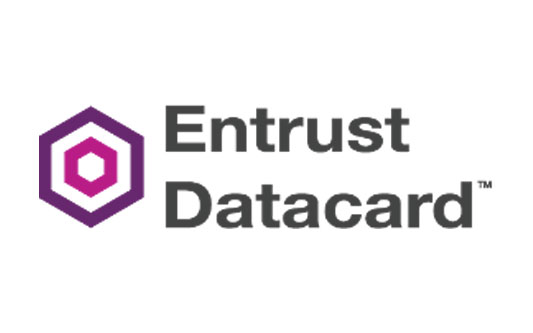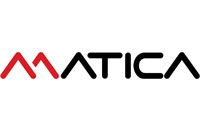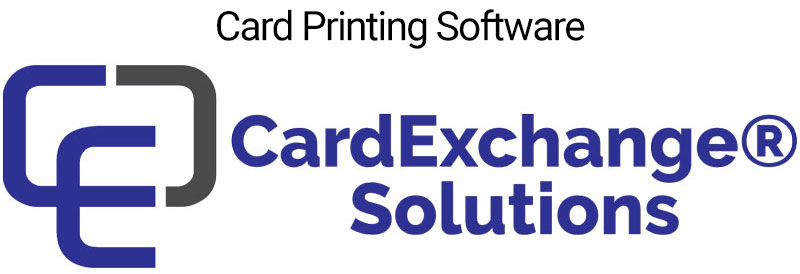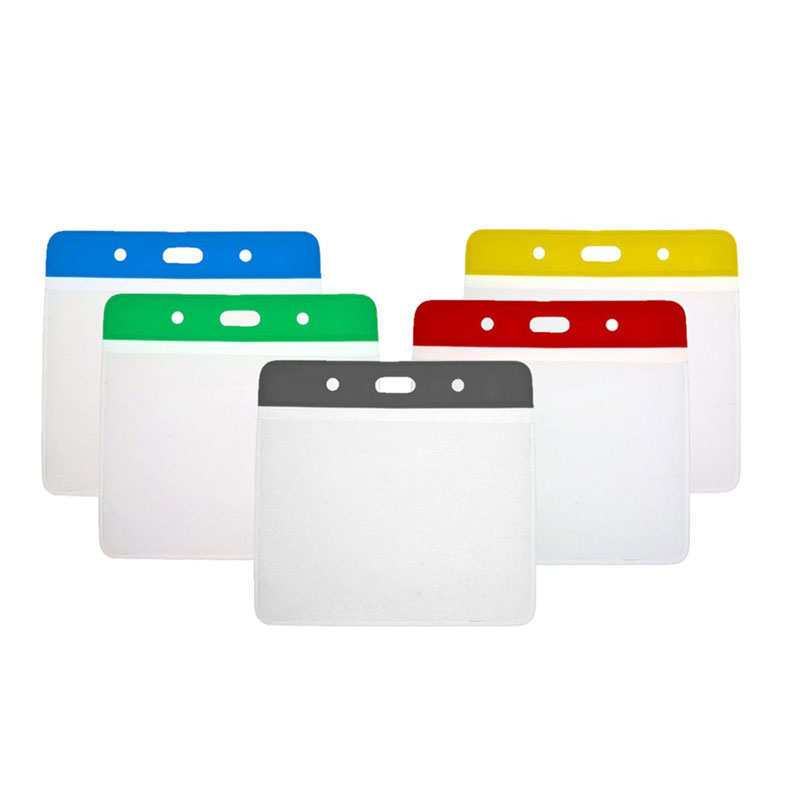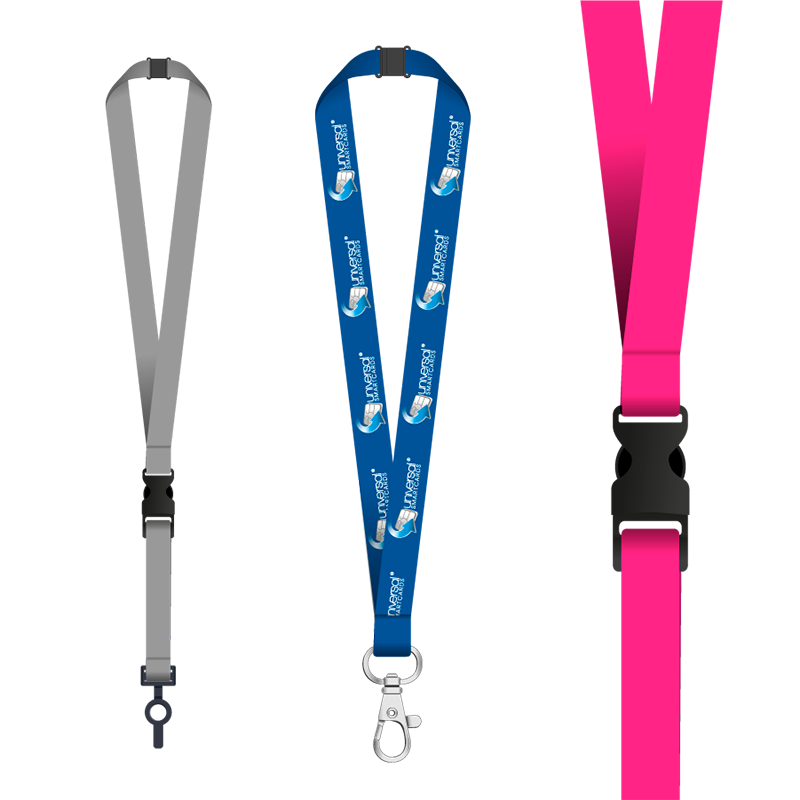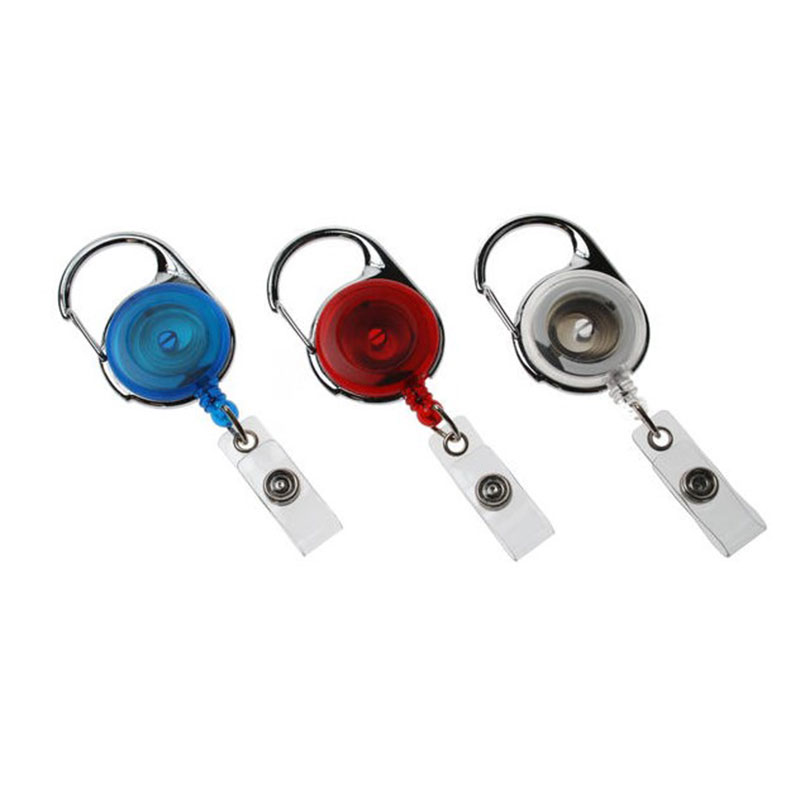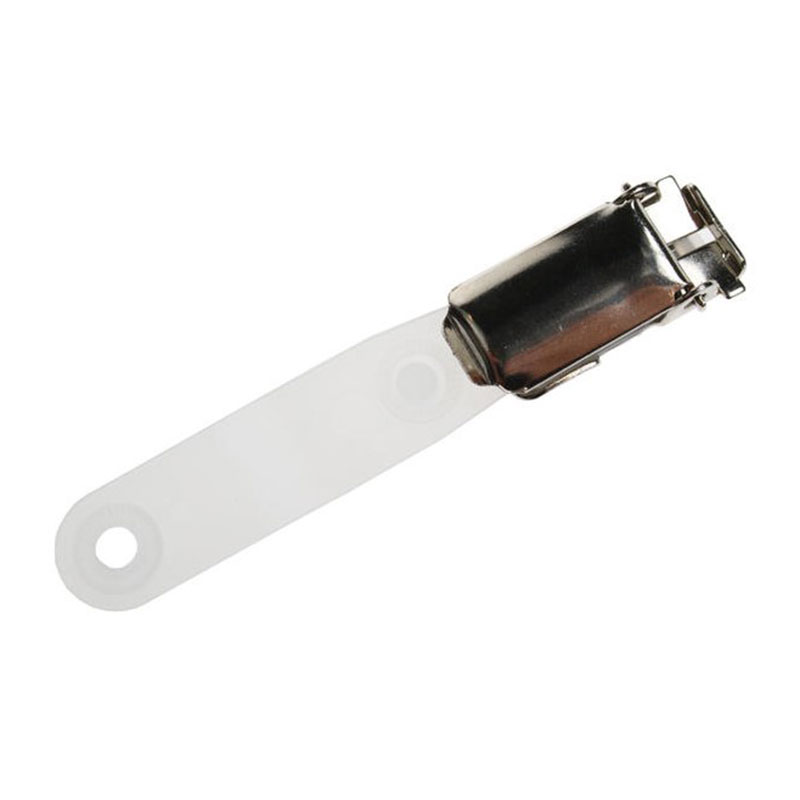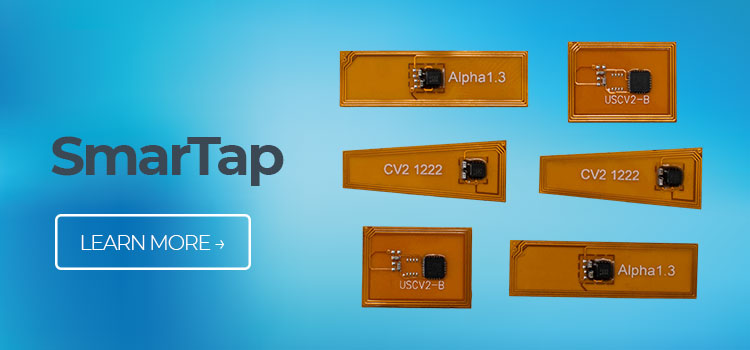
The more software and technology we use, the more we leave ourselves open to cybersecurity threats. If you or your industry uses computing, whether for transactions, data collating or even locking the door to your building, you need to be aware of the cybersecurity risks and threats this can lead to.
Not only do you need to be aware of these threats, but you also need to know how to protect your business from them. Here’s everything you need to know about reducing cybersecurity threats with smart cards.
What Are Cybersecurity Threats?
At its simplest, a cybersecurity attack is an attack on your data. This isn’t like a physical attack, where theft or damage could occur in a physical building. Instead, a cybersecurity attack targets the data your computer or computer network is storing.
This means that you can’t just lock the hardware away and assume the contents of your computers will be safe. While there can be a physical element to cyber attacks, as a business owner, you must think more virtually about protecting your data. That’s because it is your responsibility to protect your data from theft or corruption by a virus.
This responsibility becomes even more acute for those businesses that deal with sensitive or personal data about their clients or staff. If personal data is stolen, misplaced or redistributed – even if it happens without your knowledge – your company will likely breach GDPR and other relevant privacy laws.
This can have a massive detrimental impact on your business in terms of financial fines and reputational damage. Therefore, it is vital that you, as a business owner, take every precaution you possibly can to protect your business from cybersecurity threats.
What Are the Different Types of Cybersecurity Threats?
There are a lot of different types of cybersecurity threats that you should probably be aware of, but some of the most important ones are:
Malware
Malware is software that does malicious tasks on a device or network, such as corrupting data or taking control of a system. Malware is one of the biggest threats online today and can be one of the hardest to combat because, once the damage is done, it’s often irreversible.
Spyware
Spyware is a form of malware that hides on a device, sharing real-time information with its host and enabling them to steal sensitive data such as bank details and passwords.
Phishing Attacks
Phishing is when a cybercriminal attempts to lure individuals into providing sensitive data, such as their banking and credit card details and passwords. Phishing can be one of the most complex cyber threats to protect against because it relies on humans being able to identify harmful but often highly credible links.
Other cybersecurity threats include using a person’s data for a different, unintended purpose, stealing money or making unauthorised purchases following a bank account or credit card breach.
One important thing to remember about cybercrime is that sometimes nothing is stolen. Instead, data is changed or manipulated to give a different result or cause a different answer. This is naturally harder to identify than a blatant theft, so businesses must take cybersecurity seriously and remain vigilant to minimise the risk in the first place.
How Much Do I Need to Be Worried?
It’s easy to assume that large corporations are the main target of cybercriminals. After all, it’s those large security breaches that make the headlines. Unfortunately, the fact is that no business is safe. Smaller businesses are often the primary target of cyber attacks, simply because those with malicious intent know all too well that SMEs will have invested less in their cyber protection.
The Cyber Pandemic
Looking back at 2020, most people immediately think of the Covid pandemic. But there was another pandemic occurring at the same time — the cyber pandemic. Just as Covid was affecting everyone on the planet, cybercriminals saw potential. A report released by Interpol said:
“With organisations and businesses rapidly deploying remote systems and networks to support staff working from home, criminals are also taking advantage of increased security vulnerabilities to steal data, generate profits and cause disruption.”
Phishing attacks and ransomware saw the most significant increase in cyber attacks as Covid changed the way how businesses operated. As we grew more reliant on the internet, criminals exploited that vulnerability. With so many people working from home, cybercriminals update their approach to cybercrime.
So, how worried do you need to be? Let’s look at some stats.
- Over 80% of UK-based organisations were the victims of a successful cyber attack in 2021/2022
- 63% of businesses affected by ransomware paid ransoms in 2021
- Only 11.3% of UK IT budgets are being spent on cybersecurity
- The UK lost £1.3bn to fraud and cybercrime in 2021.
And it's not just the organisations themselves. Suppliers, often a weak link in the cybersecurity chain, are also being attacked. The European Union Agency for Cybersecurity report, Threat Landscape for Supply Chain Attacks, found that having strong security protection is no longer enough. Cybercriminals are already targeting your suppliers.
The fact is that even if you think you have nothing that a criminal would want, you do. Whatever your business or organisation, you have data. And criminals want that data. They want your customers' data and your employees' data. In 2021 alone, 44% of cyber breaches exposed customers' personal data.
It’s Not Just Online
There’s a common misconception that cybersecurity is all about strong passwords and secure systems. But today’s cybercriminals are far more than simply tech-savvy criminals with an internet connection. Instead, they often gain access to buildings where they can find more information about a person or a system.
They can then use that information to dig deeper into online systems, causing untold harm.
So one of the ways that you can use smart cards to tackle cyber threats is simply practical — access control and ensuring that nobody gets access to sensitive information of spaces without the right level of authentication.
Where Do Cyber Attacks Come From?
One of the scariest things about cyber attacks is that they can come from anywhere. Most often, cyber attacks are caused by hackers or hacktivists that only want to cause disruption.
Occasionally, these can be disgruntled insiders or rival businesses trying to hurt your business. Still, they are most often perpetrated by cybercriminals who use cyber attacks purely to make money.
It’s almost impossible to predict if or when you will be a victim of a cyber attack, and it’s virtually impossible to predict where it will come from. Because of this, you must ensure that your business and data are protected from cyber attacks at all times, no matter what.
How Can I Use Smart Cards to Reduce Cybersecurity Threats?
Fortunately, there are ways you can help to protect your data and prevent potential cyber attacks. And one great way of doing this is by reducing cybersecurity threats to your business with smart cards. They can be a highly effective form of protection against cyber threats.
We can use smart cards to reduce cyber threats to your business via the HID® DigitalPersona® authentication package. Essentially, this is a multi-factor authentication method (MFA) whereby access to a computer device, system or application is backed up by other authentication methods — one of which could be a smart card.
Given the vulnerability of passwords and traditional login details, which can easily be stolen or hacked, multi-factor authentication is now becoming the industry standard for security-conscious organisations.
The additional authentication is facilitated by another method, such as a mobile phone, smart card or even both. Multi-factor authentication provides a “belt and braces” approach to digital security. Access will only be granted if that extra layer of authentication is in place in addition to the traditional on-screen login.
For savvy businesses, using one of the many different types of smart cards as an additional layer of verification ensures online systems are secure and only accessed by those who are permitted to do so. Access is strictly controlled, so that staff can be granted access only to certain systems in specific locations or times. What’s more, thanks to the accountability of the software, you can keep an accurate record of how and when your computer systems are being accessed and by whom.
Another advantage is that access can be revoked quickly and easily from a central location, giving you greater control over who can access your data and ensuring unauthorised access is prevented as soon as possible.
Smart Cards — The Smart Solutions to Cybersecurity Threats
Consumer mistrust is high as cybercriminals wreak havoc across the world. Organisations of all sizes must scramble to limit the damage caused by threat actors, and a single misstep can end a company.
The key thing to remember is that a lot of cybersecurity comes down to one vital element: identity. Ensuring that identity information is restricted and secured at all times is one of the most effective defences against cybercriminals. And that’s where smart cards come in.
The microprocessor chips embedded into smart cards can store identity information in a highly secure way. You can then use those smart cards to both protect and authenticate the personal information of your employees and computer system users.
Smart card use is rising rapidly in both the private and the public sectors. Password security always seems to be one step behind the cybercriminals who develop new systems to counter those ineffective passwords.
So the goal has shifted to create a symbiosis between access control and authentication for physical locations and computer systems. With smart cards, users have a single and highly secure credential, creating a roadblock for hackers. That’s largely down to the security protocols in place before ID cards are issued.
The person being allocated the card must first prove their identity to the issuer. Then, multi-factor authentication is required to gain access to the systems or locations to which the user has been confirmed to need access to. This is usually all of, or a combination of, the following:
- Ownership: The person must have the corresponding smart card.
- Knowledge: This can be something only the card owner knows, such as a password, the name of their first pet etc.
- Inherence: This is related to something you are and is usually restricted to biometric security systems.
The technology used in smart cards and the various smart card form factors are uniquely suited to cybersecurity and identity authentication, which is why multiple industries are already using them. The banking, educational facilities, healthcare, and manufacturing sectors are strong proponents of smart card technology.
Put simply, the smart use of smart cards as the first line of defence against cybercriminals is rapidly becoming the foundation of organisational security and identity management.
Protect Your Business
Interested in learning more about how smart cards can protect your business from cybersecurity threats?
Universal Smart Cards are the world’s leading experts in smart card security, and we’ve helped hundreds of businesses protect themselves against cyber threats. If you’d like to find out more about how to protect your business, you can speak to one of our trusted advisors today. They will be able to work out a bespoke plan based on the unique requirements of your business.
You can also email us directly at [email protected] or phone us on 0333 700 0078.

